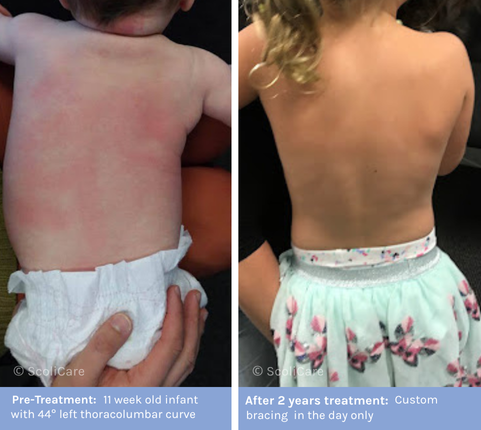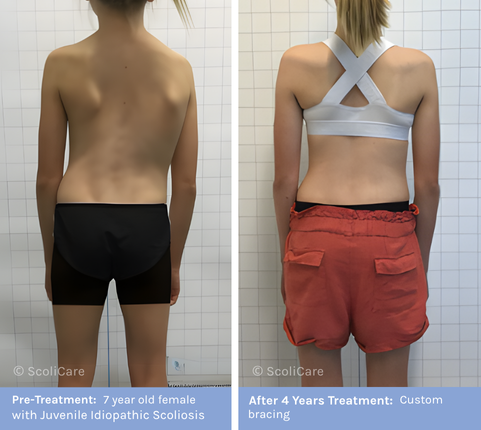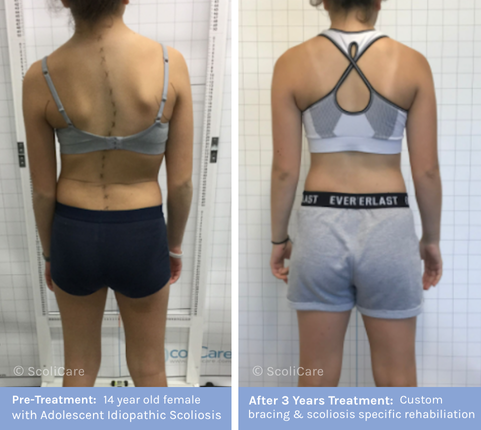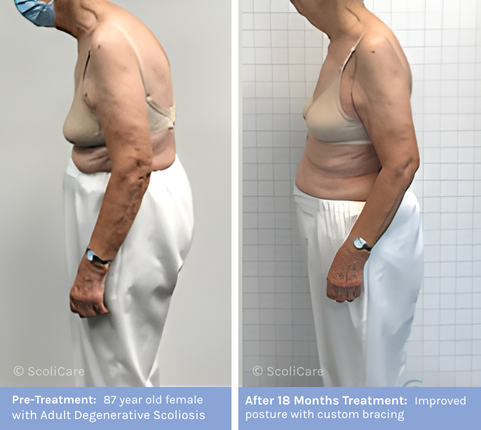Everything you need to know about scoliosis and treatment options
From children to adults, scoliosis affects many people, often presenting with different levels of severity and symptoms. Some people may have only mild symptoms, while others experience changes in posture and movement. Early detection of scoliosis plays an important role in getting the best possible treatment outcomes. A dedicated scoliosis clinic in South Australia can help provide a tailored approach to meet the individual needs of a patient with scoliosis.

What a Scoliosis?

Scoliosis is often thought of as a condition that only affects teenagers. In fact, it can develop at any time. In adults, scoliosis can develop from a previously undiagnosed childhood condition or occur later in life due to degenerative changes in the spine. While some adults experience mild symptoms, others may see the curve worsen over time, potentially affecting mobility and quality of life. Early intervention with custom bracing and scoliosis specific rehabilitation can help manage symptoms and improve quality of life.
What is Infantile Scoliosis?

Infantile scoliosis occurs in children under the age of 4, usually presenting as a left-sided curve. While many cases may resolve naturally as the child grows, some can worsen over time, potentially leading to more serious problems. Early detection and intervention are key to preventing progression. Treatment options vary based on the severity of the curve and may include monitoring, casting, custom bracing, and in severe cases, surgery.
What is Adolescent Scoliosis?

What is Juvenile Scoliosis?

Juvenile scoliosis is a type of idiopathic scoliosis that affects children between the ages of 4 and 10 years of age. It is more common in girls, particularly between ages 6 and 10. The condition often worsens over time, with a higher risk of progression if not detected and treated early. In many cases, treatments such as custom bracing and scoliosis specific exercise rehabilitation are available as evidence-based treatment options for patients with Juvenile Scoliosis.
What is Infantile Scoliosis?

Infantile scoliosis occurs in children under the age of 4, usually presenting as a left-sided curve. While many cases may resolve naturally as the child grows, some can worsen over time, potentially leading to more serious problems. Early detection and intervention are key to preventing progression. Treatment options vary based on the severity of the curve and may include monitoring, casting, custom bracing, and in severe cases, surgery.
What is Scoliosis?

Scoliosis is a condition which causes the spine to curve sideways , typically in a “C” or “S” shape. From a side view, the spine naturally has curves – but from the back, the spine should appear straight. Symptoms of scoliosis can include a noticeable curve, uneven posture, leaning to one side or a hunch, or pain.
It can affect children, teens, and adults alike. The age at which scoliosis begins often influences how it progresses. Early screening and detection is important in helping guide treatment options. Regular assessments can help detect scoliosis early and provide opportunities for treatment.
What is Scoliosis?

Scoliosis is a condition which causes the spine to curve sideways , typically in a “C” or “S” shape. From a side view, the spine naturally has curves – but from the back, the spine should appear straight. Symptoms of scoliosis can include a noticeable curve, uneven posture, leaning to one side or a hunch, or pain.
It can affect children, teens, and adults alike. The age at which scoliosis begins often influences how it progresses. Early screening and detection is important in helping guide treatment options. Regular assessments can help detect scoliosis early and provide opportunities for treatment.
What is Scoliosis?

Scoliosis is a condition which causes the spine to curve sideways , typically in a “C” or “S” shape. From a side view, the spine naturally has curves – but from the back, the spine should appear straight. Symptoms of scoliosis can include a noticeable curve, uneven posture, leaning to one side or a hunch, or pain.
It can affect children, teens, and adults alike. The age at which scoliosis begins often influences how it progresses. Early screening and detection is important in helping guide treatment options. Regular assessments can help detect scoliosis early and provide opportunities for treatment.
The benefits of non-surgical treatment
There are various ways to treat scoliosis, and the most suitable option will depends on the patient’s specific needs. Non-surgical treatments, such as scoliosis-specific exercises and custom bracing, can work to improve posture, alleviate pain, help stablilise the spine and reduce the chance of progression. These approaches are often successful in improving aesthetics, spinal function and enhancing quality of life. In some instances such as severe cases, surgery may be considered. Every treatment plan should begin with a comprehensive assessment at a dedicated scoliosis clinician.

FAQ’s
Here are some commonly asked questions around Scoliosis and available treatments:



